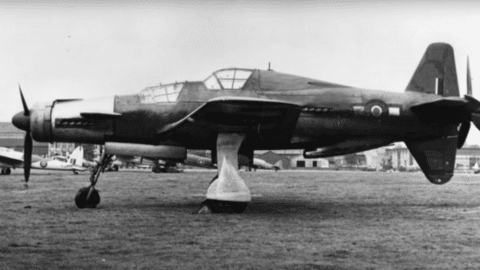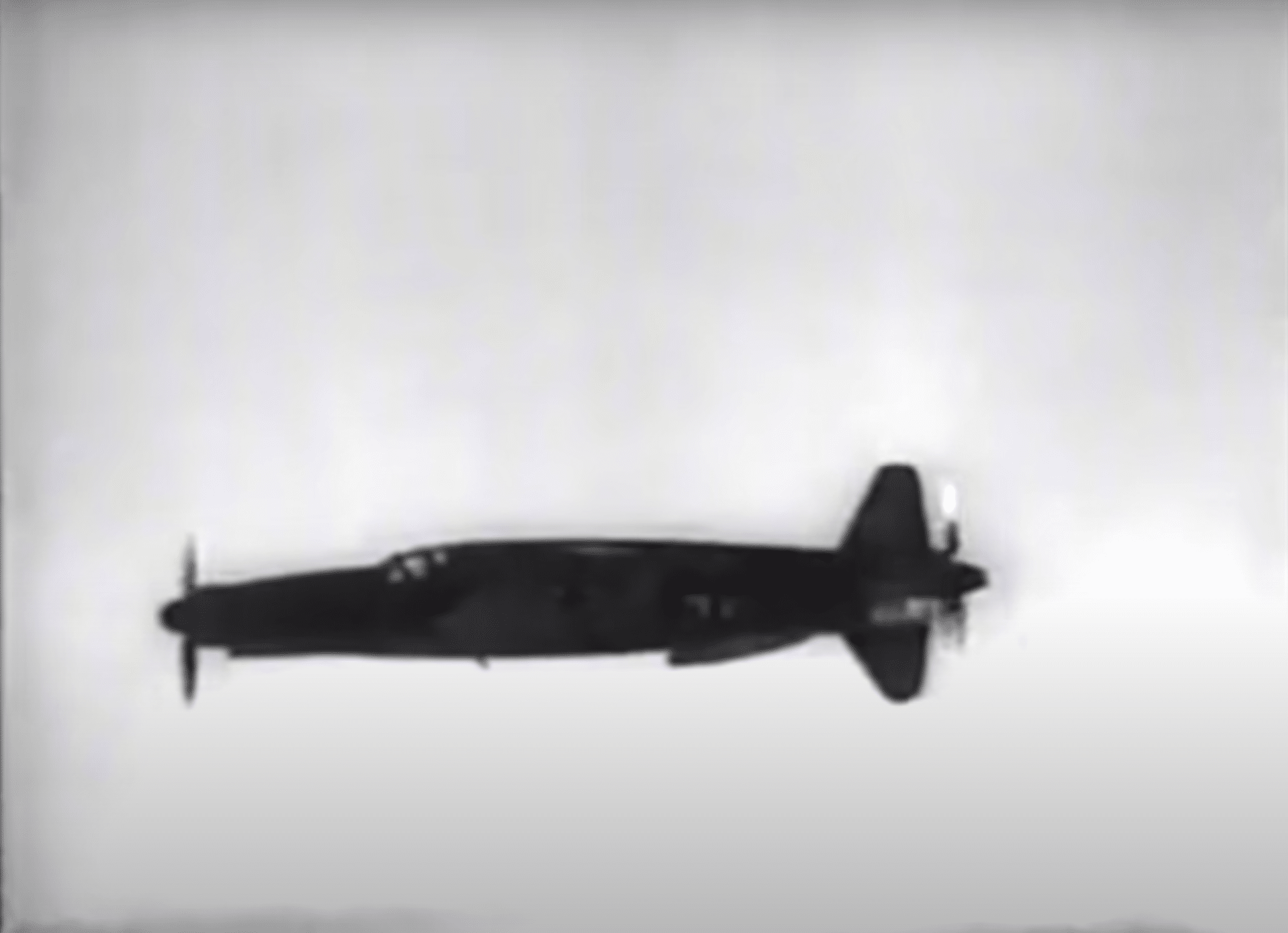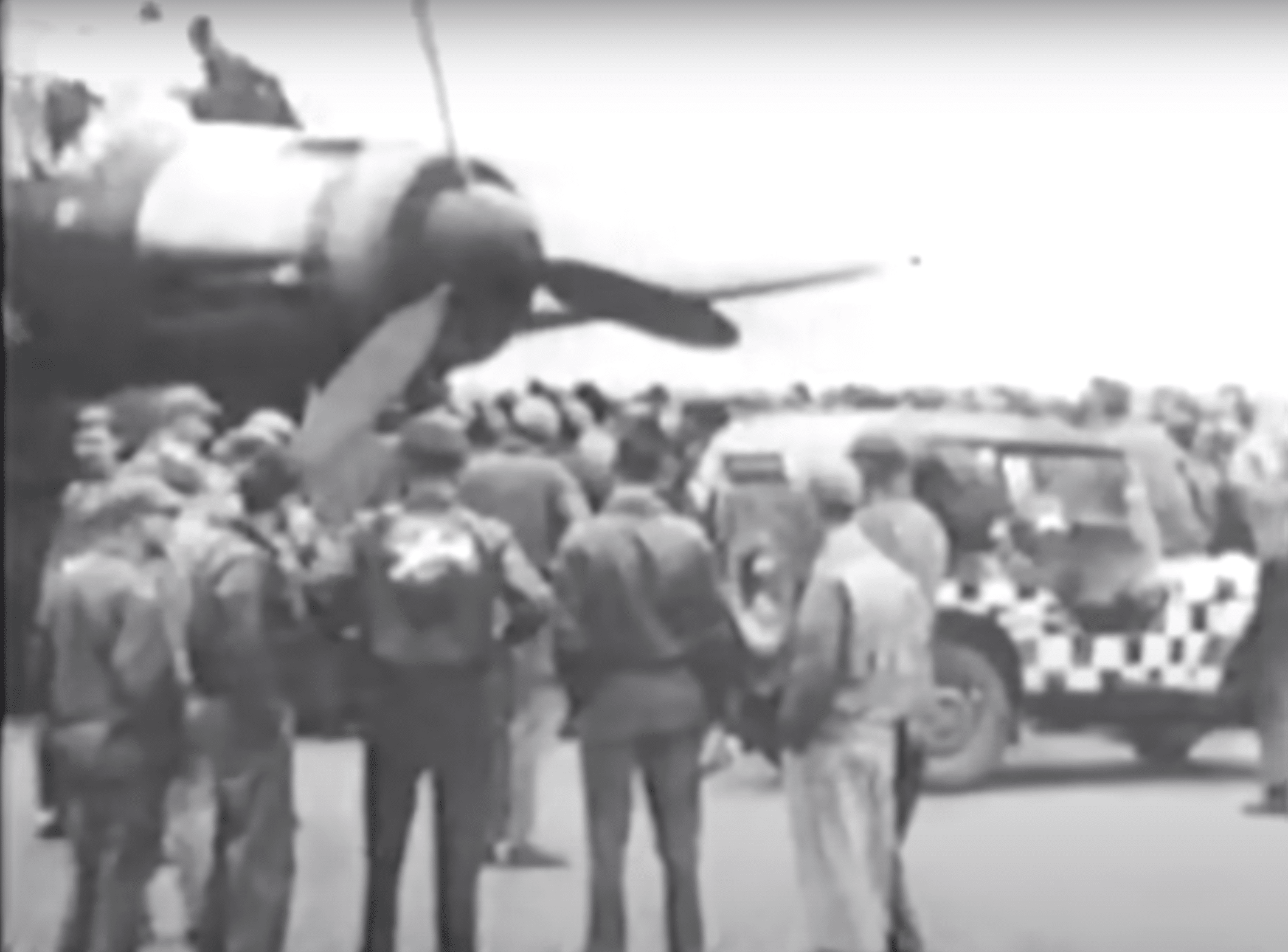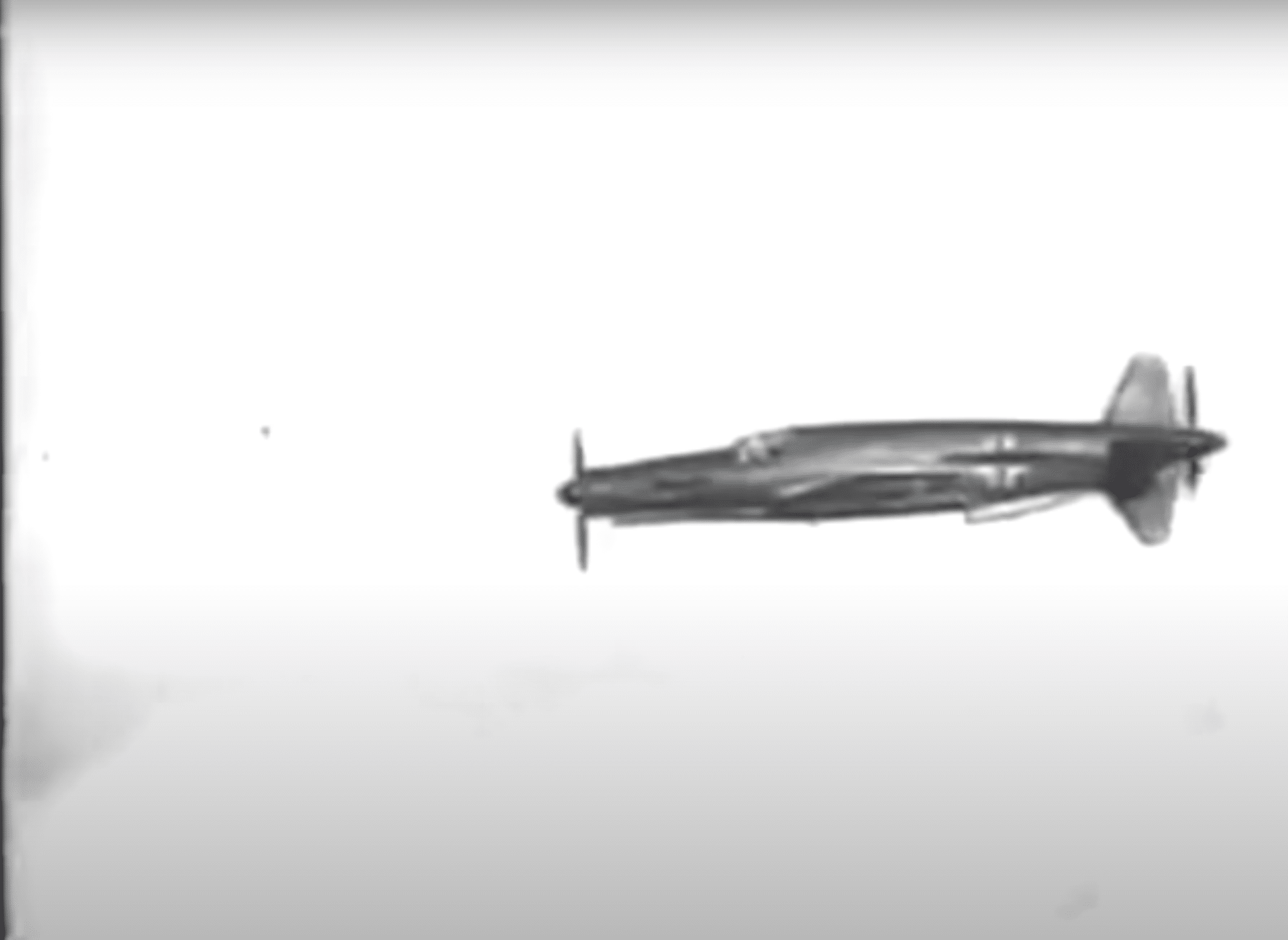
YouTube / Mark Felton Productions
During the later stages of WWII, Germany initiated the emergency fighter program that aimed to create a cheap yet effective aircraft that could halt the Allied bombings over Germany.
Many of its designs were either jet or pulse-jet powered, and so many overlooked the fastest piston-powered fighter of the war – the Dornier Do. 335 Pfeil.

The Do.335 came from pre-war flying boat designs, incorporating push-pull configuration engines. This unusual design reduced aerodynamic drag and increased its roll rate.
Easily handleable and immensely powerful, the Arrow had a maximum speed of 474 mph at 21,300 ft. In comparison, the P-38 fighter/bomber could manage over 400 mph, while the Mustang only 440 mph.

Orders for 120 Do. 335s were placed, with Germany planning to build 2,000 Dornier 335s in all models for the Luftwaffe in total. However, bombing of its manufacturing plants caused a significant delay in production.
16 prototypes were built and flown, while 22 pre-production aircraft were completed and flown before the war ended. A training squadron was formed in response, consisting of experienced fighter and bomber pilots.

German records indicate that the 335 was intended to fare up against the de Havilland Mosquito, but the delays meant its pilots only managed to fly a few test flights and delivery flights. The squadron itself had to wait until December of 1944 before receiving its first copy.
It suffered its first loss on December 24 that year, when an unarmed prototype crashed during a transfer flight. Testing of the airframe continued into April 1945, just before the war’s end.
Its test flights weren’t all failures, though. In fact, one test flight resulted in a win – depending on how you see it.

French Ace Pierre Klostermann was leading a flight of four Hawker Tempest from No. 3 Squadron over North Germany in April 1945 when he encountered a 335 flying at treetop level.
As he maneuvered to attack, the 335 pilot quickly accelerated and left the Temptest behind its wake.
And with the war almost over on April 26, 1945, one pilot tried to fly to Switzerland, but a faulty compass led him over the Vosges mountains and into Allied territory.

Several more attempts were made to force the 335 to be combat-ready, but all failed to generate favorable results. Many of them were captured by advancing US forces, prompting the Allies to secure some copies of the 335 for research and future developments.